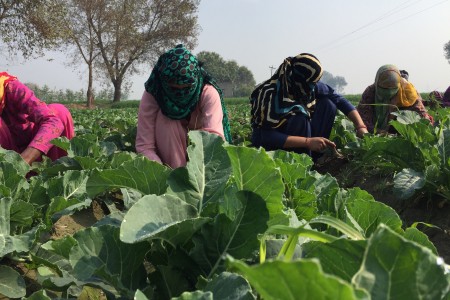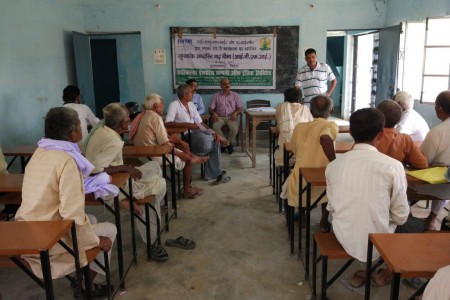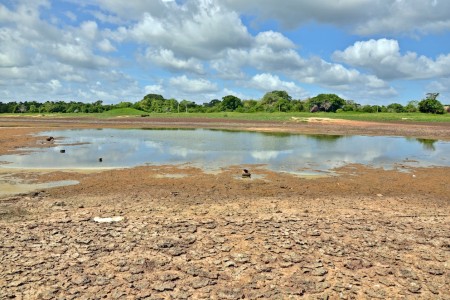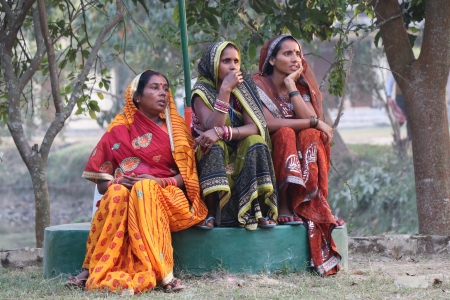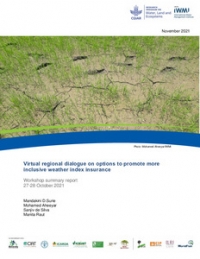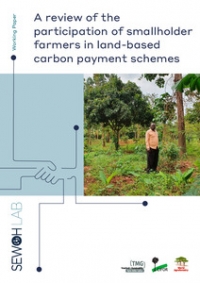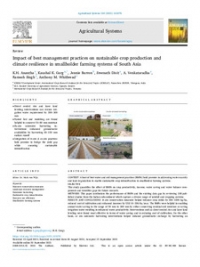Vulnerability to drought needs to be tackled through preventative measures at the local level, experts from across Southeast Asia learned at a WLE-supported workshop in Chonburi, Thailand this week. At the Regional Workshop on Building Drought Resilience in Agriculture Partnerships and Outreach, 5-8 December 2017, experts from water and the climate agencies in the ASEAN region worked through strategies to help local agencies draw drought preparedness and risk mitigation plans. The local authorities design their preparedness plans based on the present drought situation and the forecast, based on the socio-economic impact of the creeping drought calculated through well-established warning systems based on various drought indices.
The main objective of the regional workshop was to stimulate an innovative debate on drought management trends and practices, by promoting proactive, integrated actions and engaging actors within and beyond the drought community. To this purpose, sessions emphasized the importance of a paradigm shifting from drought immediate response to medium- and long-term preparedness. The event showcased existing best practices drawn from different contexts and fostered the implementation of integrated, holistic drought interventions.
Addressing water scarcity in the agricultural sector contributes directly to the 2030 Agenda for Sustainable Development and the Sustainable Development Goals (SDGs), Sendai Framework for Disaster Risks Reduction as well as the Paris Agreement on Climate Change. The 2030 Agenda aims to address multiple development priorities to make sure no one is left behind.
GISTDA, the International Water Management Institute (IWMI) and other regional/national initiatives have developed improved drought monitoring systems (DMS) including early warning, now casting and drought contingency plans working towards national drought policies, as well as a drought planning process that have been incorporated into drought mitigation plans.
The workshop was jointly organised by GISTDA, ARTSA, IWMI, ICAR, UNOOSA/UNSPIDER and WLE. The work builds on WLE’s contributions to drought prediction and management, including the Index Based Flood Insurance program and drought surveillance. Drought is a major challenge in supporting sustainable food systems in risk-plagued agricultural sectors, as the world gears up to feed an estimated nine million people by 2050.
About 20 participants of the workshop (mainly from water and climate agencies in the ASEAN region) participated in the hands-on training sessions on Earth observation based tools for drought monitoring.
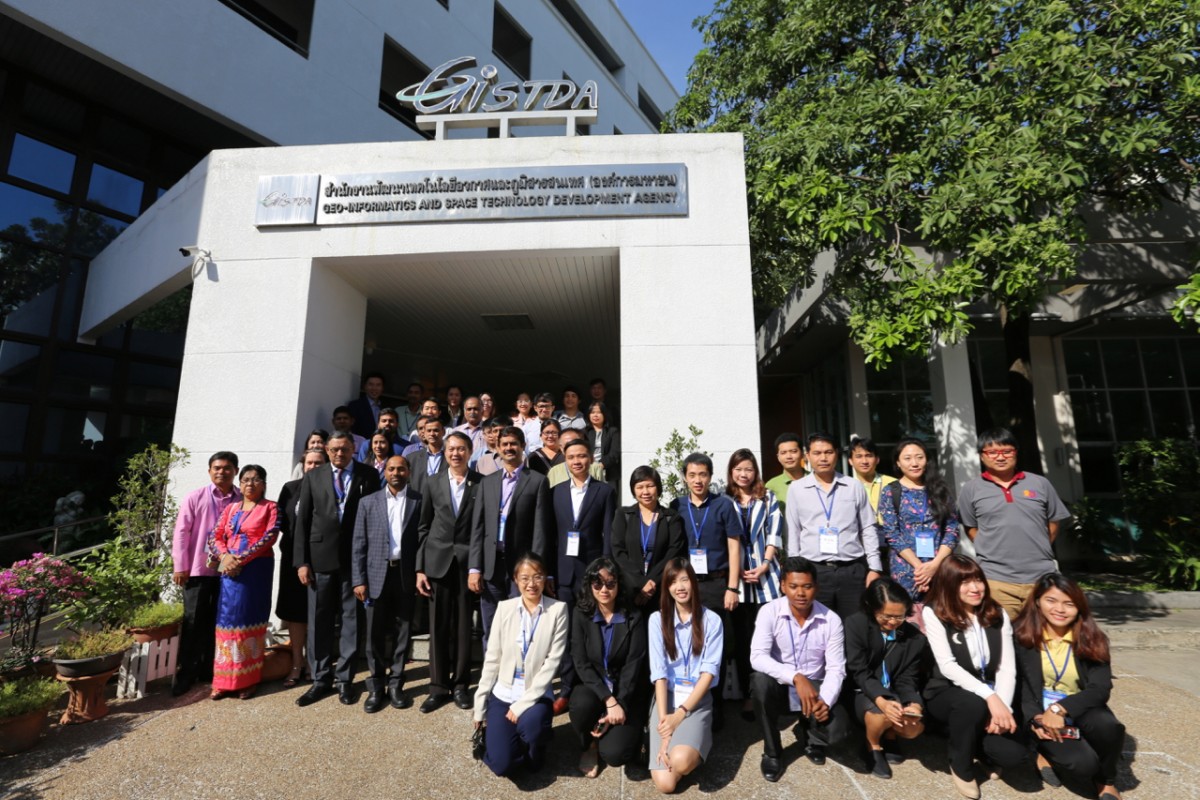
The meeting began a process that aims to strengthen learning between ASEAN and South Asian countries on the use of earth observation data in drought monitoring and early warning systems. Provocative drought policies are necessary to increase the resilience of local communities and to reduce the regional vulnerability to droughts, and this event was meant to increase the awareness of this necessity and the tools that are available to make such policies a reality. By working together and learning from each other, participants can strengthen and expand the drought management initiatives that are already taking place and encourage more countries and regions to develop proactive drought policies. This is the beginning of an important capacity building platform that will work towards continuously updating and expanding its knowledge base.
This International Water Management Institute project is funded by the Indian Council of Agricultural Research and Japan Ministry of Agriculture, Forestry and Fisheries, and is supported in collaboration with the CGIAR Research Program on Water, Land and Ecosystems (WLE), and its donors: ACIAR, DFID, DGIS, SDC, and others.

